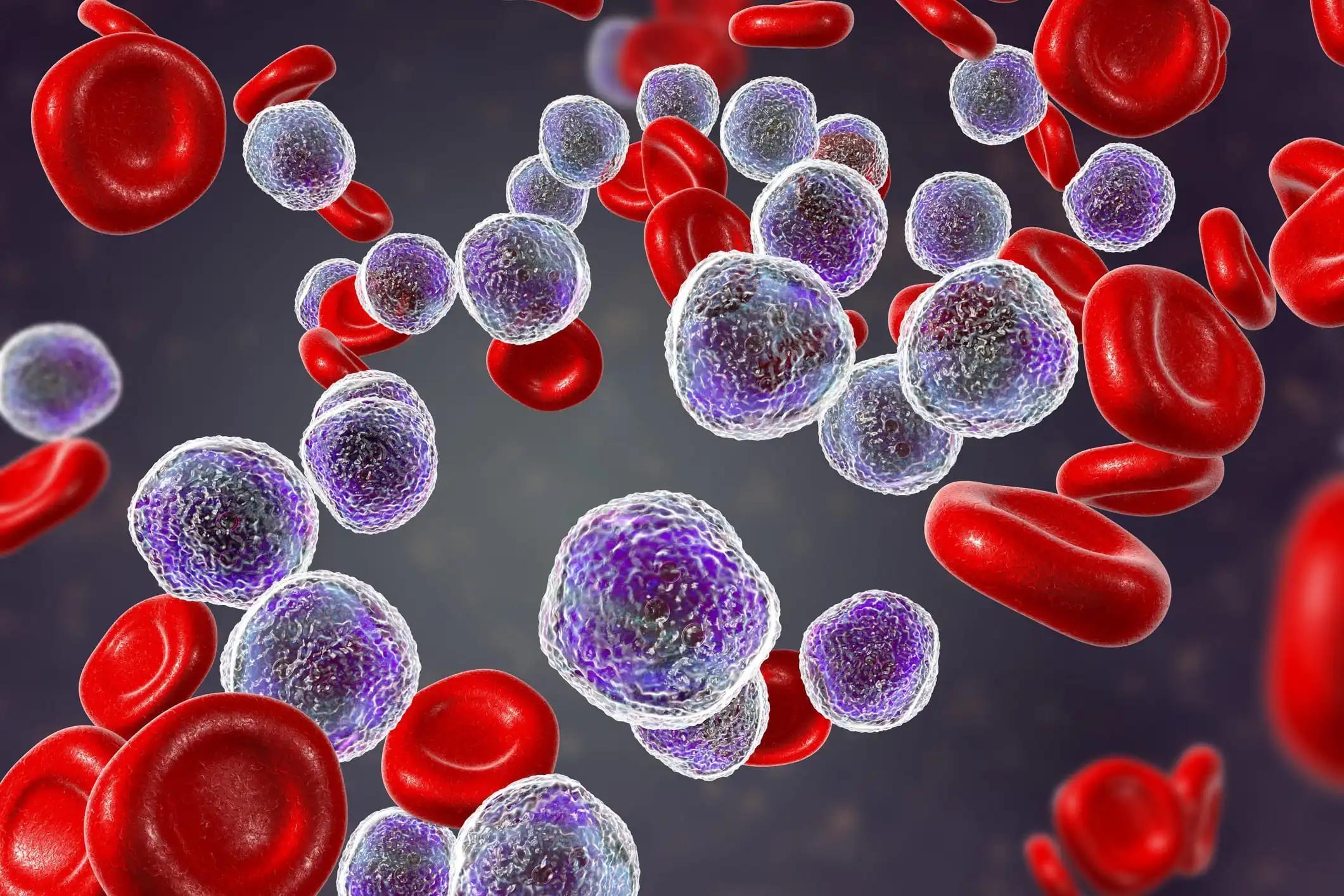KEY TAKEAWAYS
- The study aimed to investigate fatigue in childhood ALL patients post-treatment compared to healthy individuals over a 2-year period.
- Post-treatment childhood ALL patients need enhanced symptom monitoring and targeted interventions for cognitive and sleep/rest fatigue in early survivorship.
S. Walsh and the team conducted a study that aimed to examine fatigue in patients treated for childhood acute lymphoblastic leukemia (ALL) over a 2-year period (3- to 27-months post-treatment completion). The study analyzed perspectives from both children and parent caregivers, comparing them with a healthy control group.
About 83 patients, aged 4-16 years at enrollment, along with their parents, provided reports on the child’s fatigue using the Pediatric Quality of Life Inventory- Multidimensional Fatigue Scale (PedsQL-MFS) at 3, 15, and 27 months post-treatment completion. Additionally, 53 healthy children and their parents reported on fatigue across the same time points.
Parent proxy-reporting indicated that parents of ALL patients reported higher total fatigue levels compared to parents of the comparison group at all time points, with elevated scores across all subscales (general, cognitive, and sleep/rest fatigue). Conversely, patient self-reports of fatigue over this period only differed from the comparison children in the general fatigue subscale.
Self-reported total fatigue was more severe than the comparison group at the 27-month time point, primarily driven by cognitive and sleep/rest fatigue symptoms. Anticipated improvements in fatigue over time were not observed in either patient or parent reports, and no demographic risk factors were identified. Both parents and children from both groups reported significantly higher fatigue levels at all time points compared to normative population data commonly used (normative population data).
The analysis revealed that fatigue symptoms affect patients treated for childhood ALL during the post-treatment and early survivorship phase, emphasizing the need for heightened symptom monitoring in the 2 years following treatment. Targeted interventions addressing cognitive and sleep/rest fatigue could provide significant benefits during this period.
The study received funding from The Monash Children’s Foundation, The Miranda Foundation, The Leukaemia Research Fund, The Victorian Comprehensive Cancer Centre, The Royal Children’s Hospital Foundation, and the Victorian Government Department of Human Services and Operational Infrastructure Support Program.
Source: https://pubmed.ncbi.nlm.nih.gov/38519964/
Walsh S, Mulraney M, McCarthy MC, et al. (2024) “Fatigue in children who have recently completed treatment for acute lymphoblastic leukemia: a longitudinal study. Health Qual Life Outcomes.” 2024 Mar 22;22(1):27. doi: 10.1186/s12955-024-02241-2. PMID: 38519964; PMCID: PMC10960388.



